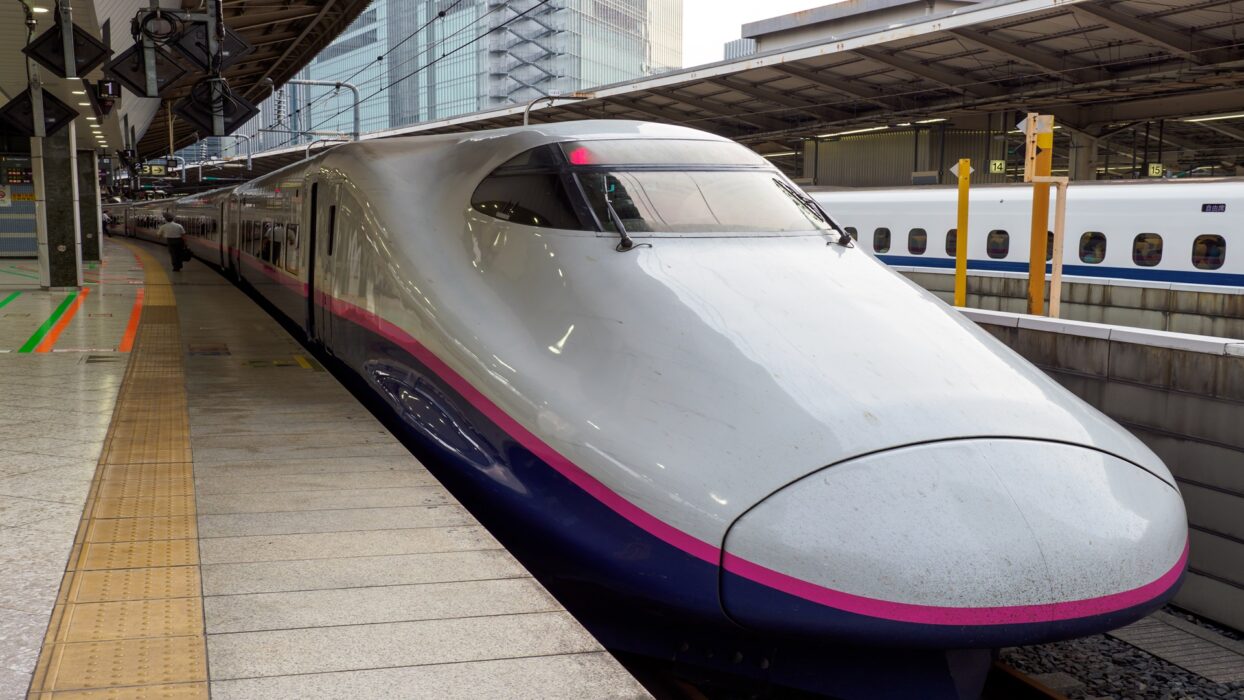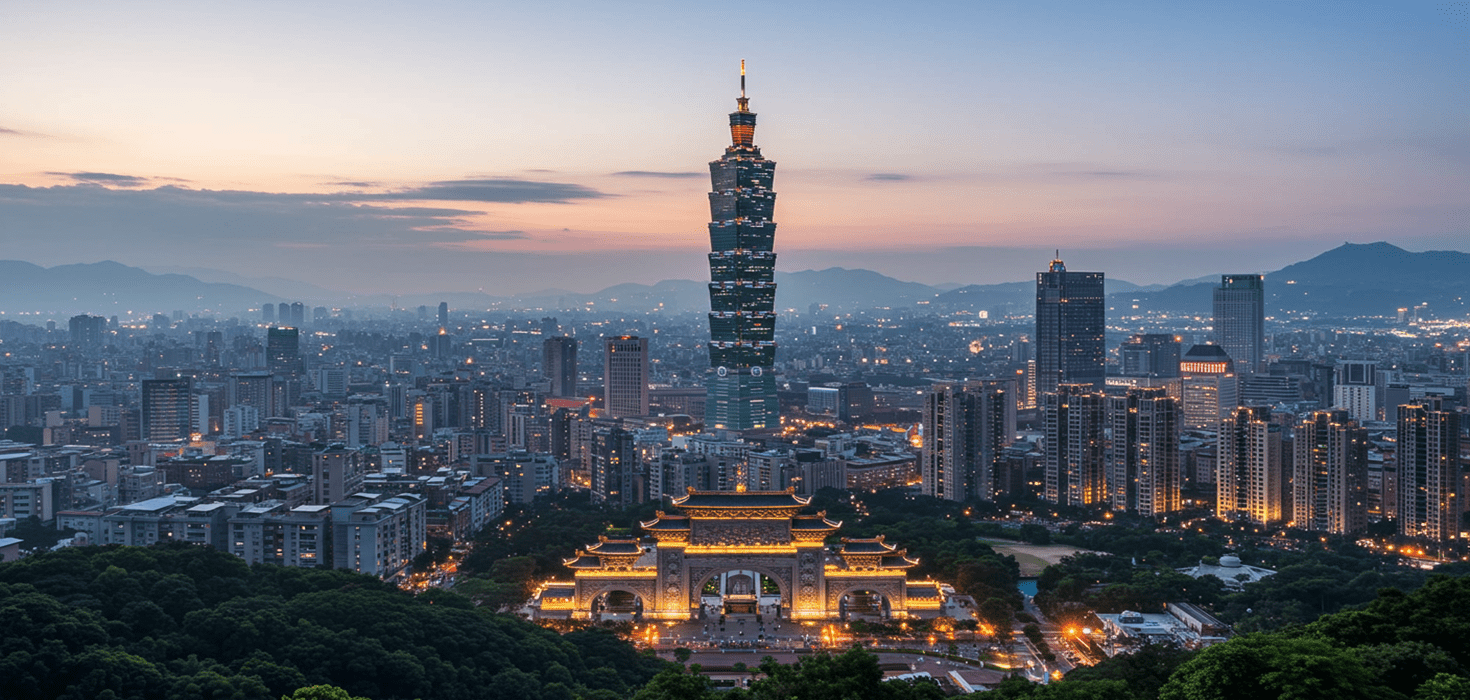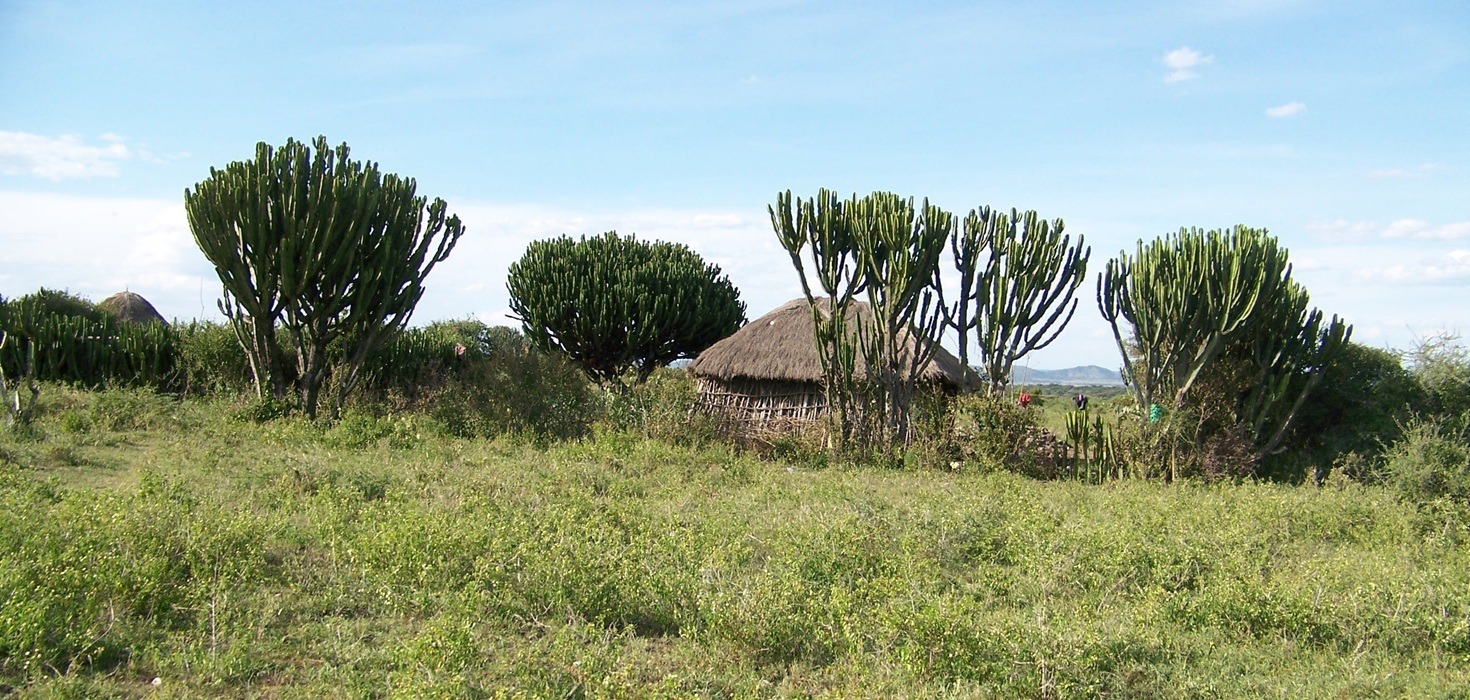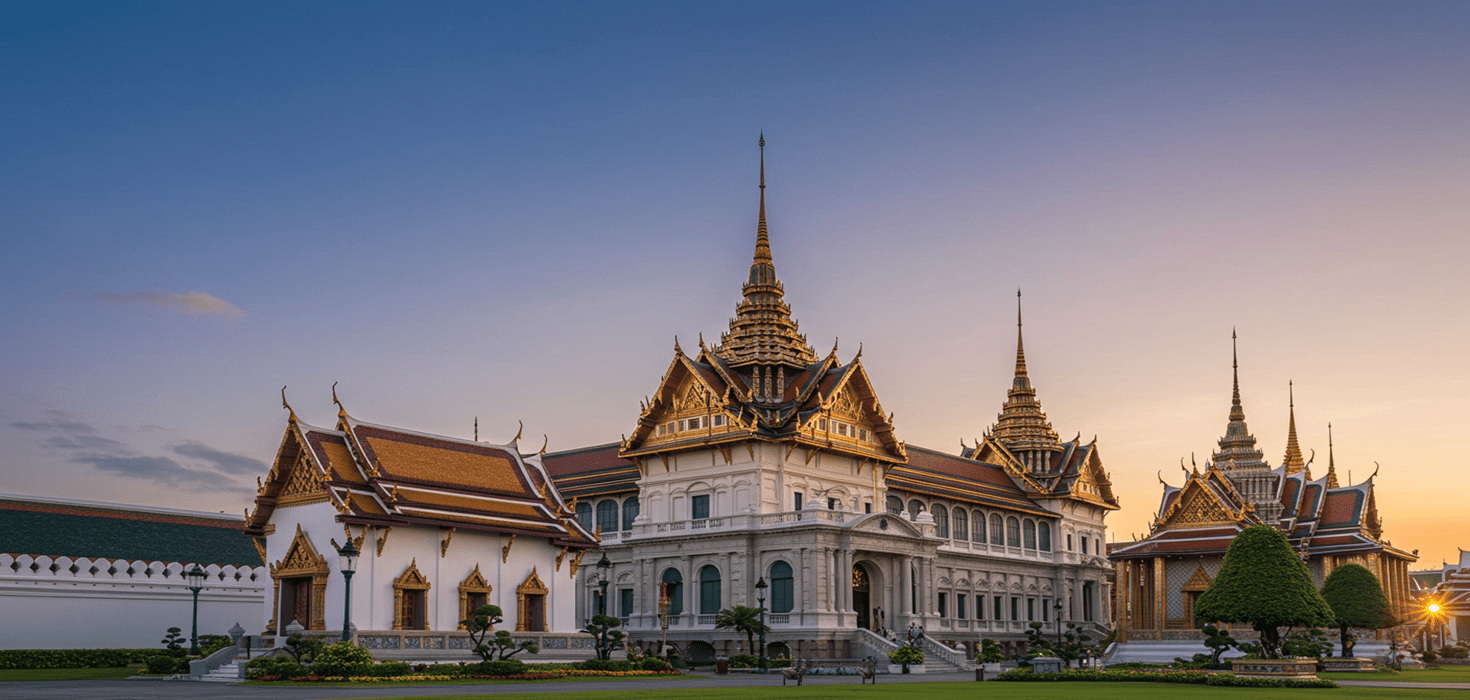Welcome to Sensoji Temple: A Jewel in Tokyo’s Cultural Crown
Step into the enchanting world of Sensoji Temple, Tokyo’s oldest temple, where history, spirituality, and culture intertwine to create a captivating experience. Nestled in the heart of the Asakusa district, this sacred site draws millions of visitors each year, eager to soak in its rich heritage and stunning architecture. With its vibrant atmosphere and deep-rooted traditions, Sensoji Temple stands as a living testament to Tokyo’s cultural landscape, inviting you to explore its many layers.
The Asakusa district, where Sensoji Temple resides, is steeped in history dating back to the Edo period. Once a bustling hub for merchants and travelers, Asakusa retains its charm with narrow streets lined with traditional shops and eateries. This area is not just a backdrop for the temple; it’s an integral part of its story, reflecting the evolution of Tokyo from a small fishing village to a thriving metropolis.
Unraveling the Rich History of Sensoji Temple
Founded in 645 AD, Sensoji Temple has a fascinating history that mirrors the growth of Tokyo itself. According to legend, two fishermen discovered a statue of Kannon, the Buddhist goddess of mercy, in the Sumida River. They brought it back to their village, and soon after, a temple was constructed to honor her. Over the centuries, Sensoji has faced numerous challenges, including fires and wars, but each time, it has risen from the ashes, symbolizing resilience and hope.
Throughout its long history, Sensoji Temple has been the site of significant events that shaped not only the temple but also Tokyo’s cultural identity. For instance, during the Meiji Restoration in the late 19th century, Sensoji became a focal point for the revival of traditional Japanese culture amidst rapid modernization. Today, it stands as a beacon of Tokyo’s history, inviting visitors to reflect on the past while enjoying the vibrant present.
As you wander through the temple grounds, you can feel the echoes of the past, from the whispers of ancient prayers to the laughter of festival-goers celebrating the temple’s enduring spirit. Each stone and structure tells a story, making Sensoji a must-visit for anyone interested in the history of Sensoji Temple and the broader narrative of Asakusa temple history.
Architectural Wonders: Sensoji Temple’s Stunning Design
Prepare to be awestruck by the architectural beauty of Sensoji Temple, where traditional Japanese design meets spiritual significance. The journey begins at the iconic Kaminarimon Gate, a striking entrance adorned with a massive red lantern that beckons you into the temple complex. This gate, with its intricate carvings and imposing stature, sets the tone for the visual feast that awaits within.
As you step through the gate, the grandeur of the main hall (Hondo) comes into view, a stunning example of Japanese architecture. The hall is not just a place of worship; it’s a work of art, featuring ornate details that reflect the craftsmanship of the era. The vibrant colors and intricate designs create a serene atmosphere, inviting visitors to pause and soak in the spiritual ambiance.
Don’t forget to explore the various structures surrounding the temple, each with its unique charm and historical significance. From the five-story pagoda to the serene gardens, Sensoji Temple showcases the beauty of historical landmarks in Japan. As you stroll through the grounds, take a moment to appreciate the harmonious blend of nature and architecture that defines this sacred space.
A Cultural Experience: Rituals and Traditions at Sensoji
At Sensoji Temple, the air is filled with the sounds of prayer, the scent of incense, and the vibrant energy of visitors participating in various rituals. The temple is not just a historical site; it’s a living cultural hub where traditional practices are honored and celebrated. From the moment you enter, you’ll notice the rituals that play a significant role in the spiritual life of the temple.
One of the most popular rituals is the omikuji, or fortune-telling, where visitors draw a slip of paper to reveal their fortune for the year. This practice adds an interactive element to the experience, allowing you to engage with the traditions of traditional Japanese culture. Many visitors also partake in the purification ritual at the temizuya, a water basin where you wash your hands before entering the main hall, symbolizing the cleansing of the spirit.
These rituals, along with the daily prayers and offerings made by visitors, contribute to the temple’s spiritual atmosphere, making it a place of reflection and connection. Whether you’re seeking blessings, guidance, or simply a moment of peace, Sensoji Temple offers a profound cultural experience that resonates deeply with all who visit.
As you delve into the temple’s rituals, you’ll find that each practice carries meaning and significance, enriching your understanding of this spiritual sanctuary. The vibrant atmosphere, filled with the sound of bells and the scent of incense, creates an unforgettable experience that lingers long after your visit.
Festivals and Events: Celebrating Tradition at Sensoji Temple
As you explore Sensoji Temple, you’ll quickly discover that it’s not just a place of worship; it’s a vibrant stage for some of Tokyo’s most exciting festivals! The temple comes alive with color, sound, and energy during various events throughout the year, making it an ideal time to visit if you want to immerse yourself in Japanese culture.
One of the most famous celebrations is the Sanja Matsuri, held every May. This lively festival honors the three founders of Sensoji Temple and features a parade of elaborately decorated floats, traditional music, and lively performances. Thousands of locals and tourists flock to Asakusa to witness the energetic processions, where you can see the community come together in a beautiful display of devotion and joy. The atmosphere is electric, with street vendors offering delicious snacks like yakitori (grilled chicken skewers) and taiyaki (fish-shaped cakes filled with sweet red bean paste).
Another significant event is the Asakusa Samba Carnival, which takes place every August. This dazzling celebration showcases colorful costumes, samba music, and dance performances, bringing a taste of Brazil to Tokyo. The streets around Sensoji Temple transform into a vibrant carnival atmosphere, attracting participants from all over the world. If you’re visiting during this time, be sure to join the festivities and enjoy the lively spirit that fills the air!
Seasonal events like the New Year celebrations also draw huge crowds. Many visitors come to Sensoji to make their first prayers of the year and draw omikuji (fortunes). The temple grounds are beautifully decorated, and the atmosphere is filled with hope and excitement. You can also sample traditional New Year foods like osechi, beautifully arranged dishes served during the New Year period, making it a culinary delight as well!
Participating in these festivals not only enhances your experience at Sensoji Temple but also gives you a deeper appreciation for the cultural significance of these events. Don’t miss out on the chance to witness these lively celebrations and the rich traditions that make Sensoji Temple a true cultural landmark in Tokyo!
Culinary Delights: Savoring Asakusa’s Local Cuisine
After soaking in the rich history and vibrant culture of Sensoji Temple, your journey wouldn’t be complete without indulging in the culinary delights that the Asakusa district has to offer. This area is a food lover’s paradise, with a plethora of street food stalls, traditional restaurants, and charming cafes that serve up delicious Japanese cuisine.
Start your food adventure with a classic street food favorite: kaminari-okoshi, a sweet rice cracker snack that’s crispy and oh-so-addictive! You can often find vendors selling it near the temple, making it a perfect treat to munch on as you explore. Another must-try is melon bread (meron pan), a sweet, fluffy bread with a crunchy cookie-like crust that’s simply irresistible.
If you’re in the mood for something heartier, head to one of the local restaurants for tempura. This dish features lightly battered and deep-fried seafood and vegetables, served with a dipping sauce that enhances the flavors beautifully. Pair it with a bowl of steaming rice for a satisfying meal!
Don’t forget to try yakitori as well! These grilled chicken skewers are seasoned to perfection and can be found at many izakayas (Japanese pubs) in the area. The smoky flavor from the grill combined with the savory marinade makes for a delightful dining experience.
For dessert, treat yourself to dorayaki, fluffy pancakes filled with sweet red bean paste. These delightful treats are perfect for satisfying your sweet tooth after a day of exploration. You can find them at various stalls around Asakusa, so be sure to grab one (or two!) before you leave.
Asakusa’s culinary scene is not just about food; it’s about experiencing the local culture through flavors and traditions. So, take your time to wander through the streets, sample the dishes, and enjoy the vibrant atmosphere that makes this area a foodie haven!
Practical Information for Visitors: Tips for a Memorable Experience
Planning your visit to Sensoji Temple? Here’s everything you need to know to make the most out of your trip! First things first, the temple is open year-round, and there’s no admission fee, making it accessible for everyone. However, it’s good to check the opening hours before you go, as they can vary depending on the season.
The best time to visit is early in the morning or late afternoon, especially if you want to avoid the crowds. Early risers will be rewarded with a peaceful atmosphere, allowing for some quiet reflection as you explore the temple grounds. Plus, the soft morning light is perfect for capturing stunning Sensoji Temple photos!
Speaking of photos, don’t forget your camera! Sensoji Temple is a photographer’s dream, with its stunning architecture, beautiful gardens, and lively atmosphere. Capture the iconic Kaminarimon Gate, the intricate details of the main hall, and the vibrant colors of the surrounding area. Just remember to be respectful of the temple and other visitors while taking pictures.
As you stroll through the temple grounds, take your time to observe the rituals and ceremonies happening around you. Whether it’s visitors participating in the purification ritual or lighting incense, these moments offer a glimpse into the spiritual life of Sensoji Temple.
For those traveling with family, the temple is very family-friendly, with plenty of space for kids to explore. There are also souvenir shops where you can pick up unique mementos, so be sure to leave some time for shopping!
Lastly, don’t forget to check the local weather before your visit. Tokyo experiences four distinct seasons, and while each has its charm, being prepared will ensure you have a comfortable experience. Whether you’re enjoying cherry blossoms in spring or the vibrant autumn leaves, each season brings its own beauty to Sensoji Temple.
Transportation Made Easy: Getting to Sensoji Temple
Getting to Sensoji Temple is a breeze, thanks to Tokyo’s efficient public transportation system. The temple is conveniently located just a short walk from several train and subway stations, making it easily accessible from various parts of the city.
The closest station is Asakusa Station, which is served by the Tokyo Metro and Toei Subway lines. From the station, it’s just a 5-10 minute walk to the temple. Follow the signs, and you’ll be greeted by the majestic Kaminarimon Gate in no time!
If you’re coming from other popular areas in Tokyo, such as Shibuya or Shinjuku, you can take the Ginza Line directly to Asakusa Station. Alternatively, you can hop on a bus that stops near the temple if you prefer a scenic ride through the city.
For those who prefer to travel by taxi, simply tell the driver “Sensoji Temple” or show them the temple’s address in Japanese. Just keep in mind that traffic can be heavy, especially during peak hours, so plan accordingly.
Accessibility is also a priority at Sensoji Temple. The paths are well-paved, making it easy for strollers and wheelchairs to navigate the grounds. If you need assistance, there are staff members available to help ensure everyone can enjoy the temple’s beauty and serenity.
Seasonal Travel Insights: Best Times to Visit Sensoji Temple
Planning your trip around the seasons can enhance your experience at Sensoji Temple. Each time of year offers something unique and enchanting, making it worthwhile to consider the seasonal highlights.
Spring is undoubtedly one of the most magical times to visit, as the cherry blossoms bloom in late March to early April. The sight of pink petals fluttering in the breeze against the backdrop of the temple is nothing short of breathtaking. Join the locals for hanami (flower viewing) picnics in the nearby parks, and enjoy the festive atmosphere.
Summer brings lively festivals and vibrant greenery, with events like the Sanja Matsuri creating a bustling atmosphere. The warm weather is perfect for exploring the surrounding streets and indulging in delicious summer treats. Just remember to stay hydrated and wear sunscreen!
Autumn, from September to November, showcases stunning fall foliage, with vibrant reds and oranges adorning the temple grounds. This is a fantastic time for photography, as the colorful leaves create a picturesque setting. Plus, the cooler temperatures make for a pleasant visit.
Winter offers a unique charm, especially during the New Year celebrations when the temple is beautifully illuminated. The crisp air and festive decorations create a magical atmosphere, making it a wonderful time to experience the temple’s spiritual significance.
Regardless of when you choose to visit, Sensoji Temple promises an unforgettable experience that reflects the beauty of Tokyo’s cultural heritage!
Safety and Health Guidelines for Travelers
As you prepare for your visit to Sensoji Temple and the Asakusa area, keeping safety and health in mind is essential for a smooth experience. Tokyo is known for being one of the safest cities in the world, but it’s always good to stay aware of your surroundings.
While exploring the temple grounds, be respectful of the rituals and practices taking place. Maintain a quiet demeanor, especially in prayer areas, and follow any posted signs regarding photography. This respect for local customs enhances the experience for everyone.
Health-wise, ensure you stay hydrated, especially during the warmer months. There are plenty of vending machines and convenience stores nearby where you can grab a drink. If you’re visiting during flu season or other health concerns, consider wearing a mask and practicing good hygiene.
In terms of etiquette, remember that Sensoji Temple is a spiritual place. Dress modestly and be mindful of your behavior. If you’re unsure about any customs, don’t hesitate to ask a staff member or fellow visitors for guidance.
Lastly, familiarize yourself with local emergency numbers and the location of nearby medical facilities just in case. Being prepared will allow you to focus on enjoying your visit to this magnificent temple!
Fun Facts About Sensoji Temple: Did You Know?
As you explore Sensoji Temple, impress your friends with these fun facts that highlight the temple’s unique history and significance!
Did you know that Sensoji Temple is home to a famous statue of Kannon, the Buddhist goddess of mercy? The statue is believed to be over 1,300 years old and is considered a national treasure of Japan. While the statue itself is not on display, its presence is felt throughout the temple, making it a focal point for visitors seeking blessings.
Another interesting tidbit: Sensoji Temple survived the devastating bombings of World War II, which destroyed much of Tokyo. This resilience has made it a symbol of hope and perseverance for many locals and visitors alike.
Additionally, the temple’s Kaminarimon Gate features a massive red lantern that weighs about 700 kilograms! This iconic landmark is not only a stunning sight but also serves as a symbol of protection for the temple.
Lastly, Sensoji Temple is said to be haunted by friendly spirits, making it a popular spot for ghost stories during the night! While there’s no concrete evidence of their existence, many locals believe that the temple is a place where the past and present coexist.
These fun facts not only add to the allure of Sensoji Temple but also provide a deeper appreciation for its cultural significance. So, as you explore, share these tidbits with fellow travelers and make your visit even more memorable!
Commonly Asked Questions (FAQs) About Sensoji Temple
As you prepare for your visit to Sensoji Temple, you might have some questions. Here are some commonly asked questions to help you plan your trip!
What is the best time to visit Sensoji Temple?
The best times to visit are early in the morning or late afternoon to avoid the crowds. Each season offers unique experiences, so consider planning around cherry blossom season in spring or the vibrant fall foliage!
Is there an entrance fee for Sensoji Temple?
No, there is no admission fee to enter Sensoji Temple, making it accessible for everyone to enjoy.
Are there any restrictions on photography?
While photography is generally allowed, be respectful of areas where rituals are taking place. Always check for signs indicating where photography is permitted.
What should I wear when visiting the temple?
Dress modestly and comfortably, as you’ll be walking around the temple grounds. It’s a spiritual place, so respectful attire is appreciated.
Can I participate in the rituals at Sensoji Temple?
Absolutely! Visitors are welcome to participate in rituals such as drawing omikuji (fortunes) and the purification ritual at the temizuya (water basin). Just be sure to follow the customs and guidelines!
With these FAQs in mind, you’re well on your way to having a fantastic experience at Sensoji Temple!
As you explore the depths of Sensoji Temple, from its rich history to its vibrant festivals, culinary delights, and cultural significance, you’ll find that this iconic landmark offers a unique glimpse into Tokyo’s soul. So, grab your camera, indulge in the local flavors, and immerse yourself in the spiritual ambiance that makes Sensoji Temple a must-visit destination. Happy travels!










